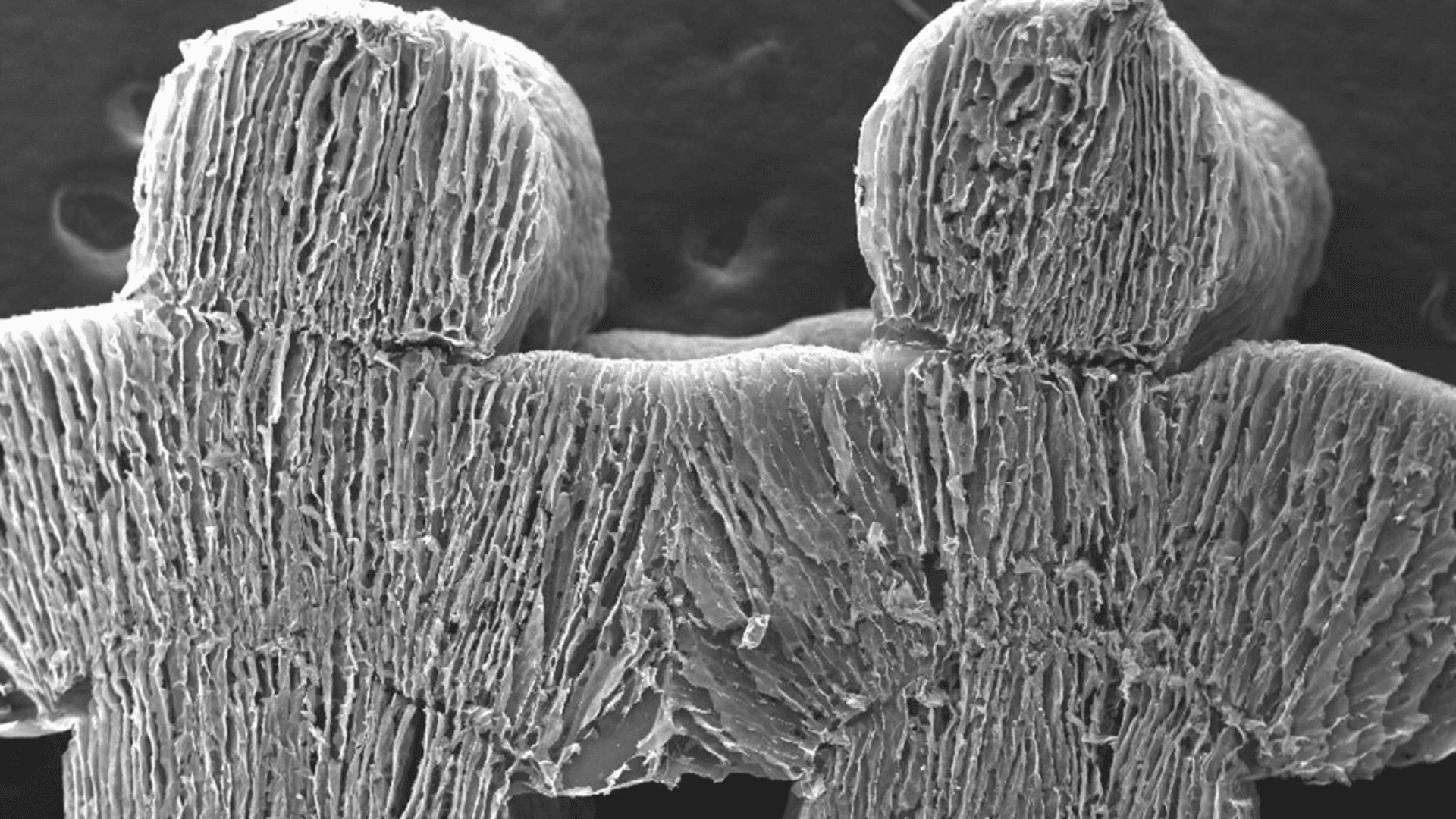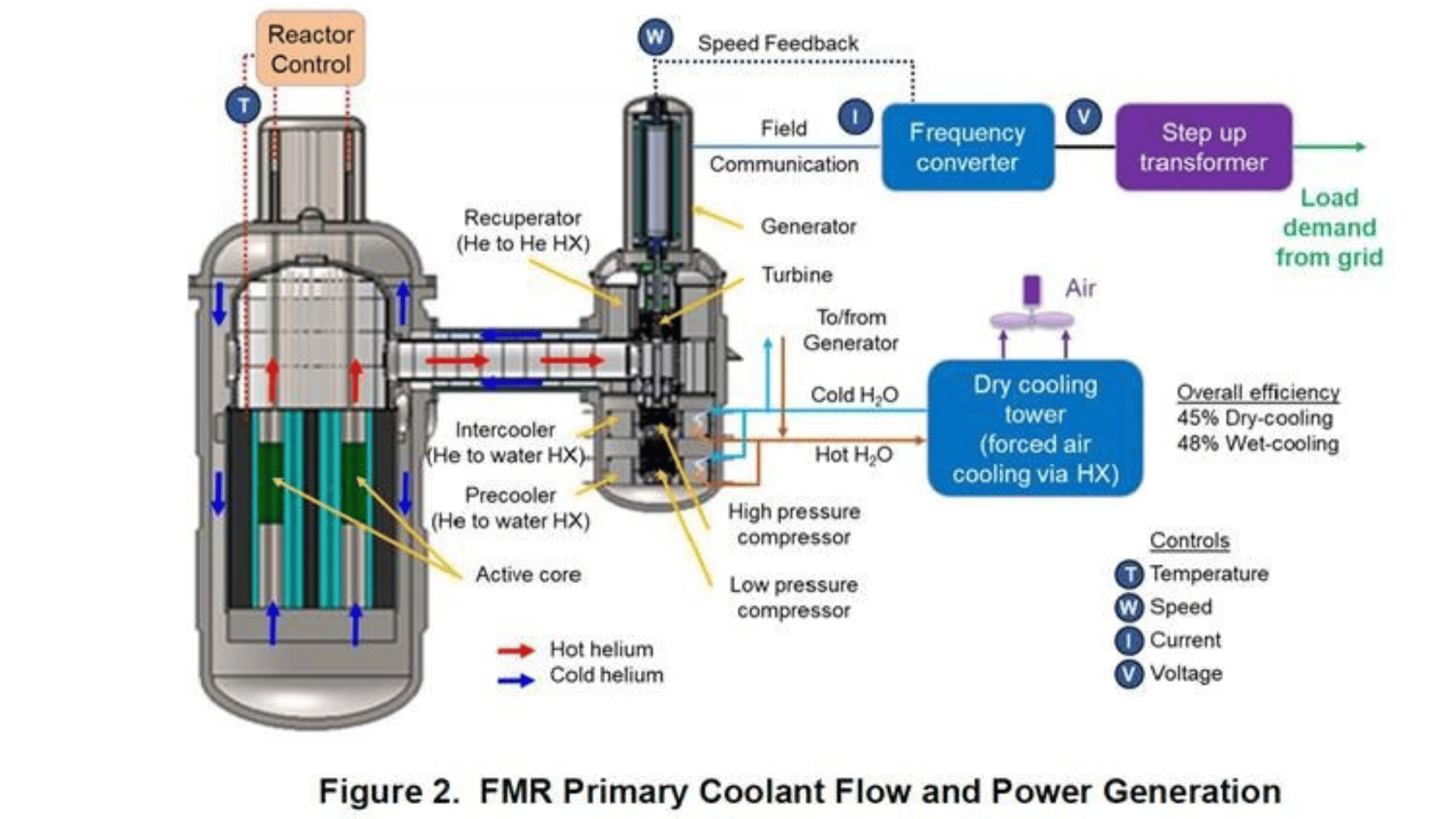Scientists developed a sustainable technology that converts seawater into fresh, drinkable water using only sunlight. The revolutionary “water filter” is a sponge-like aerogel. The team of scientists says it is scalable and requires no energy. Scientists hope to address the limited access to water globally.
Using the Sun to Make Saltwater Fresh and Drinkable

Scientists took an innovative 3D printing approach that sets the aerogel apart from previous methods. The design includes microscopic channels to enhance its ability to evaporate water, even on a larger scale. Traditionally, desalination methods use a lot of energy. However, the new system harnesses power from the Sun to eliminate the need for electricity and complex infrastructure.
The team reported their findings in ACS Energy Letters. Their findings show that the sponge’s microscopic channels capture sunlight to power the water purification process. They say it’s a “remarkably simple setup” in outdoor testing. According to the scientists, it consists of an aerogel sponge underneath a clear plastic cover. It reportedly yielded safe, drinkable water from salt water with natural sunlight.
The goal is certainly to make sustainable drinking water more accessible, and the team took a significant step towards that goal.
The development builds on existing solar-powered water purification methods, such as hydrogels inspired by loofahs. However, hydrogels are soft and filled with liquid, while aerogels are rigid with solid pores that allow water and vapor to move.
Early aerogels faced a common challenge: they became less efficient as their size increased. Researcher Xi Shen and his team addressed this by specifically engineering the new aerogel to maintain its effectiveness regardless of size.
The team prepared a paste of carbon nanotubes and cellulose nanofibers to create the material. Then, they 3D printed it onto a frozen surface, solidifying each layer before adding another layer. As a result, the process created a sponge-like material with tiny vertical holes about 20 micrometers wide. They tested square pieces of the material, varying from .4 inches to 3 inches wide, and confirmed that all sizes evaporated water efficiently.
Putting the System to the Test
Researchers put the aerogel in a cup of seawater during real-world demonstrations and covered it with a transparent lid. Sunlight heated the top of the spongy material, evaporating water and leaving behind the salt. The water vapor condensed on the plastic cover, flowed to the edges, and dripped through a funnel into a container. After about six hours, the researchers collected approximately three tablespoons of drinkable water.
“Our aerogel allows full-capacity desalination at any size,” said Shen, who highlighted the system’s potential to provide “a simple, scalable solution for energy-free desalination to produce clean water.”
SciTech Daily details the breakthrough as a sustainable pathway to addressing the global need for fresh, drinkable water.








